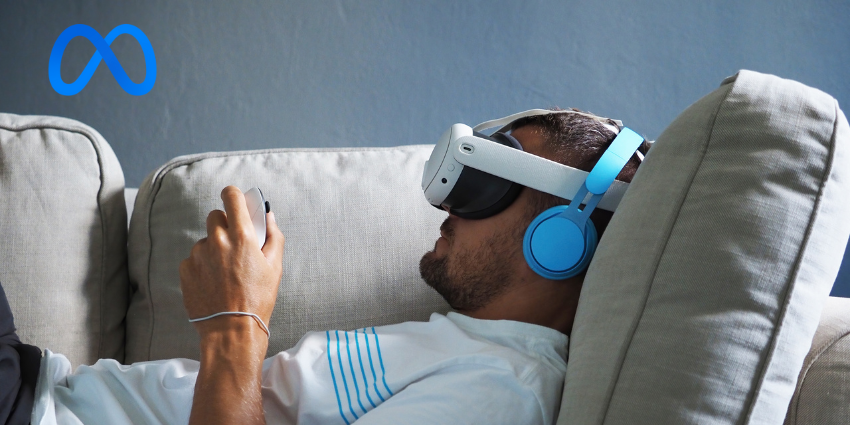Augmented Reality (AR) shopping has revolutionized the retail industry by offering customers an immersive and interactive shopping experience. By blending the virtual and real worlds, AR shopping significantly boosts customer engagement and experience, leading to increased sales and conversion rates.
Moreover, it can also reduce return rates and costs, making it a cost-effective and efficient marketing strategy. However, for small and medium businesses, implementing AR shopping has always been challenging due to the high costs and efforts required to create 3D models for their products.
Creating high-quality 3D models for AR Shopping traditionally requires significant time, expertise, and financial resources, as a large portion of the process is still manual. Furthermore, logistics issues arise when businesses need to send their products to a studio for scanning, sometimes requiring international shipping.
As a result, small businesses experience a negative return on investment (ROI) and are discouraged from pursuing AR Shopping, while more established businesses may only risk a limited number of products, leaving most of their catalogue behind.
This process can cost several thousands of US dollars and take up to two to three months before yielding results, creating a bottleneck that worsens as more businesses adopt AR Shopping.
Generative AI and AR Shopping
Generative AI can play a crucial role in pushing AR Shopping forward by making it more accessible to small and medium businesses, accelerating processes, and bringing the cost of 3D model creation down towards zero.
This can save businesses many hours and resources, allowing them to focus on other aspects of their operations. More than that, it could be a key enabler of AR shopping adoption, enabling businesses of all sizes to leverage this exciting technology to improve their sales and customer engagement.
In fact, according to a recent report by Grand View Research, the global AR market size is expected to reach $340 billion by 2028, with the retail sector accounting for a significant portion of this growth.
This should be alarming to businesses that still haven’t implemented any AR Shopping strategy.
Luckily, many companies already identified this market opportunity, and this, of course, has led to many attempts to solve the problem of creating high-quality 3D models at scale.
VRee Taps Generative AI for AR Shopping Virtual Try-Ons
Companies like VRee AI have decided to focus on one niche product, eyewear, mainly for Virtual Try-on (VTO) solutions, to ensure that the machine learning process delivers high-quality results at scale.
While achieving results that accurately showcase a product’s smallest details in a browser-based case is difficult or impossible, it is still possible to solve the issue for VTO as it is a more forgiving medium.
With VRee AI’s generative AI technology, the 3D models can still successfully stand comparatively with the same level of experience when the 3D model is generated using traditional methods.
More importantly, now that the power of computing is on our side, Generative AI can help create 3D models at scale at a fraction of the cost and time, opening the doors for more businesses to participate in the AR game without risking big budget expenses and ensuring that the ROI is always in the green.
Once the technology can bring more accurate results across more verticals, the masses, the smallest businesses, and even individuals selling second-hand products on eBay will adopt AR shopping and Virtual Try-On.
That said, it is also obvious that companies cannot be 100 percent dependent on artificial intelligence (AI) as they realize that, while moving forward in the process, there will always be a need for a human element in the loop.
Although times and roles have changed, the ability to supervise and do quality assurance is a crucial part of the process and cannot be ignored.
Most people would not generate and publish an article or an essay on ChatGPT without proofreading or checking the facts and the storyline. The same applies to generating 3D models for e-commerce, which needs to meet a certain level of quality that cannot be left to the machine to decide.
The company recognises the potential for generative AI to revolutionize the AR Shopping industry and remains committed to pushing the boundaries of this technology’s possibilities.
As part of its go-to-market strategy, the company aims first to boost confidence in these types of solutions, starting with eyewear and moving to other verticals, as generative AI has not been able to generate accurate results suitable for e-commerce levels until recently.







